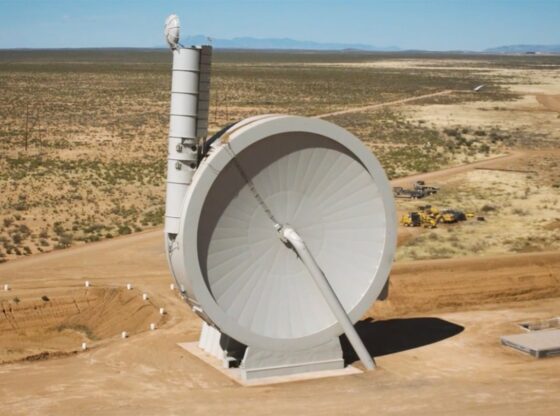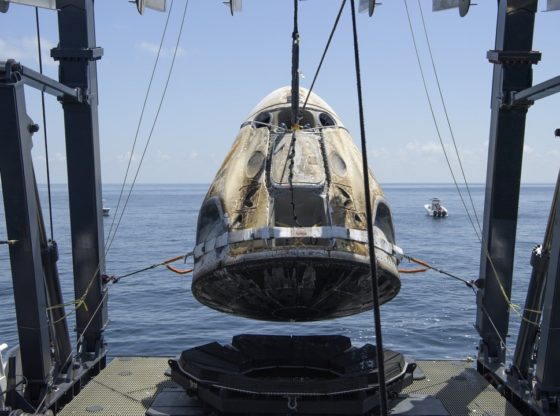
Late last year, United States President Donald Trump directed Nasa to “lead the return of humans to the moon”. . Last month, Nasa announced that it is planning to build the Gateway, a mini-space station that would orbit the moon.
Trump’s fiscal-year 2020 budget for the U.S. government was made public on March 11, for NASA, the budget request is $21 billion — a $283 million, or 1.4 percent, increase from the 2019 estimate. About half of the requested budget, $10.7 billion, would go toward NASA’s space exploration campaign to return to the Moon, establish a sustainable human presence there, and then land humans on Mars.
“For the first time in over 10 years, we have money in this budget for a return to the moon with humans, and human-rated landers compatible with Gateway to go to the moon,”
– Administrator of NASA Jim Bridenstine said during his address on the moon and Mars plans on March 11 at Kennedy Space Center.
The U.S. government will however not do it alone, NASA wants to accelerate its plans to establish a permanent human presence on the surface of the moon by “increasing the use of commercial partnerships”, the budget said. NASA’s budget sets aside $363 million specifically to help companies develop “a large lunar lander” to take cargo and astronauts to the moon’s surface.
Elon Musk’s space company SpaceX, as well as Jeff Bezos’ venture Blue Origin, are both developing spacecraft capable of landing on the moon. Additionally, NASA has nine companies competing for up to $2.6 billion in lunar transportation contracts. Known as the Commercial Lunar Payload Services program (CLPS), the effort would send small payloads and robots to the moon’s surface as early as 2021.
The Lunar Orbital Platform–Gateway, or just Gateway, is meant to be a permanent way station between Earth and the Moon and is a key component of NASA’s plan for sustainable lunar travel. The Space Launch System (SLS), its Orion crew vehicle, and the Exploration Ground Systems program are fully funded in the budget request.
“Gateway is about sustainability … it’s going to enable a sustainable, human presence on the moon,”
“We won’t be flying there and back, but we’ll be exploring and learning about the moon.”
– Bridenstine said.
The United States Congress must still approve the budget proposal. The budget documents released Monday, however, appear to make no reference to ending federal funding for ISS. and last year, Trump proposed ending federal funding for the space station at the end of 2024, allowing commercial companies to take over operations in 2025.











![OpenAI. (2025). ChatGPT [Large language model]. https://chatgpt.com](https://www.illustratedcuriosity.com/files/media/55136/b1b0b614-5b72-486c-901d-ff244549d67a-350x260.webp)
![OpenAI. (2025). ChatGPT [Large language model]. https://chatgpt.com](https://www.illustratedcuriosity.com/files/media/55124/79bc18fa-f616-4951-856f-cc724ad5d497-350x260.webp)
![OpenAI. (2025). ChatGPT [Large language model]. https://chatgpt.com](https://www.illustratedcuriosity.com/files/media/55099/2638a982-b4de-4913-8a1c-1479df352bf3-350x260.webp)








